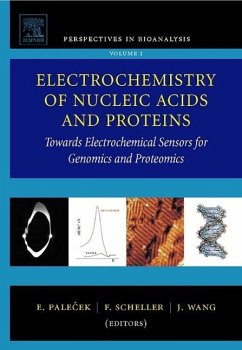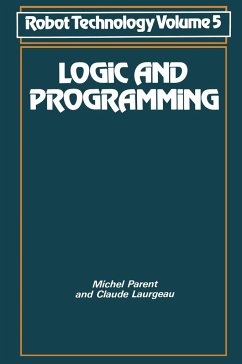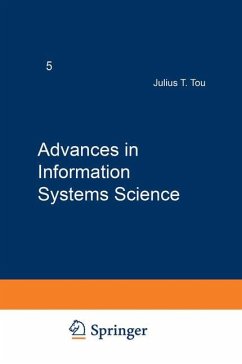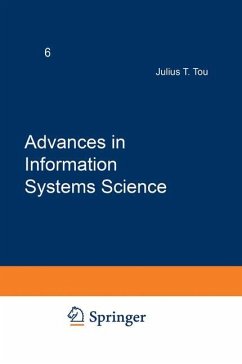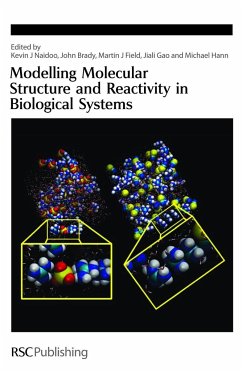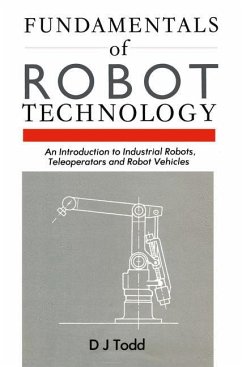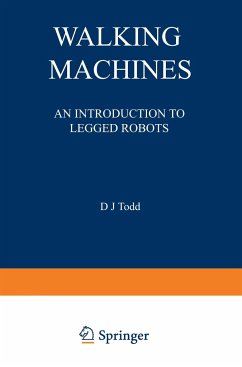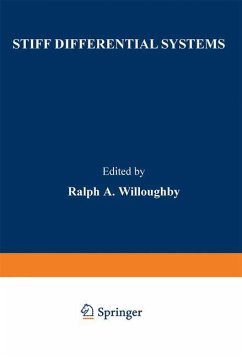
Microcomputers and Laboratory Instrumentation
Versandkostenfrei!
Versandfertig in 1-2 Wochen
39,99 €
inkl. MwSt.
Weitere Ausgaben:

PAYBACK Punkte
20 °P sammeln!
The invention of the microcomputer in the mid-1970s and its subsequent low-cost proliferation has opened up a new world for the laboratory scientist. Tedious data collection can now be automated relatively cheaply and with an enormous increase in reliability. New techniques of measurement are accessible with the "intelligent" instrumentation made possible by these programmable devices, and the ease of use of even standard measurement techniques may be improved by the data processing capabilities of the humblest micro. The latest items of commercial laboratory instrumentation are invariably "co...
The invention of the microcomputer in the mid-1970s and its subsequent low-cost proliferation has opened up a new world for the laboratory scientist. Tedious data collection can now be automated relatively cheaply and with an enormous increase in reliability. New techniques of measurement are accessible with the "intelligent" instrumentation made possible by these programmable devices, and the ease of use of even standard measurement techniques may be improved by the data processing capabilities of the humblest micro. The latest items of commercial laboratory instrumentation are invariably "computer controlled", although this is more likely to mean that a microprocessor is involved than that a versatile microcomputer is provided along with the instrument. It is clear that all scientists of the future will need some knowledge of computers, if only to aid them in mastering the button pushing associated with gleaming new instruments. However, to be able to exploit this newly accessible computing power to the full the practising laboratory scientist must gain sufficient understanding to utilise the communication channels between apparatus on the laboratory bench and program within the computer. This book attempts to provide an introduction to those communication channels in a manner which is understandable for scientists who do not specialise in electronics or computers.





